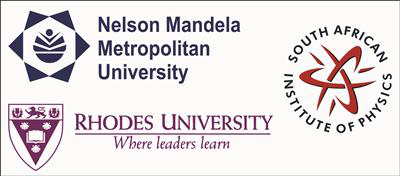Speaker
Main supervisor (name and email)<br>and his / her institution
"Renee C. Kraan-Korteweg" kraan@ast.uct.ac.za
Cape Town University
Level for award<br> (Hons, MSc, <br> PhD, N/A)?
MSc
Please indicate whether<br>this abstract may be<br>published online<br>(Yes / No)
Yes
Would you like to <br> submit a short paper <br> for the Conference <br> Proceedings (Yes / No)?
Yes
Abstract content <br> (Max 300 words)<br><a href="http://events.saip.org.za/getFile.py/access?resId=0&materialId=0&confId=34" target="_blank">Formatting &<br>Special chars</a>
As part of a larger effort to uncover the structures hidden behind the Milky Way, we analyse 4, 756 optical redshifts for galaxies in the Hydra/Antlia and Vela region, (245° < l < 295° ; |b| < 10° ),obtained from several telescopes and from literature, mainly from the 2dF+AAOmega spectrograph at the Anglo-Australian Telescope. This analysis confirms the surmised existence of a supercluster in this region, hereafter the Vela Supercluster. The Vela SC extends about 15° × 20° on the sky, with the centre at cz ∼ 18, 000 km s-1 , and contains 13 galaxy clusters and 19 galaxy groups. Using a sophisticated algorithm, we find the galaxy cluster/group members that lie within 1 Abell radius from the optimized centres, and determine their velocity dispersions and the corresponding masses. The masses of these galaxy clusters/groups lie in the range 3.6 × 1015 Msun − 0.2 × 1014 Msun . The above implies that Vela SC is comparable to the Shapley Supercluster, but less extended. Consequently, this supercluster will have huge implications on the bulk flow and peculiar velocity of the local group (LG), since the Shapley SC contribution to the LG motion is 30.4% (Kocevski & Ebeling 2006). Further, the existence of this supercluster is likely key in resolving the long-enduring bulk flow controversies and the misalignment of flows with the Cosmic Microwave Background (CMB) measurement.
Apply to be<br> considered for a student <br> award (Yes / No)?
Yes

